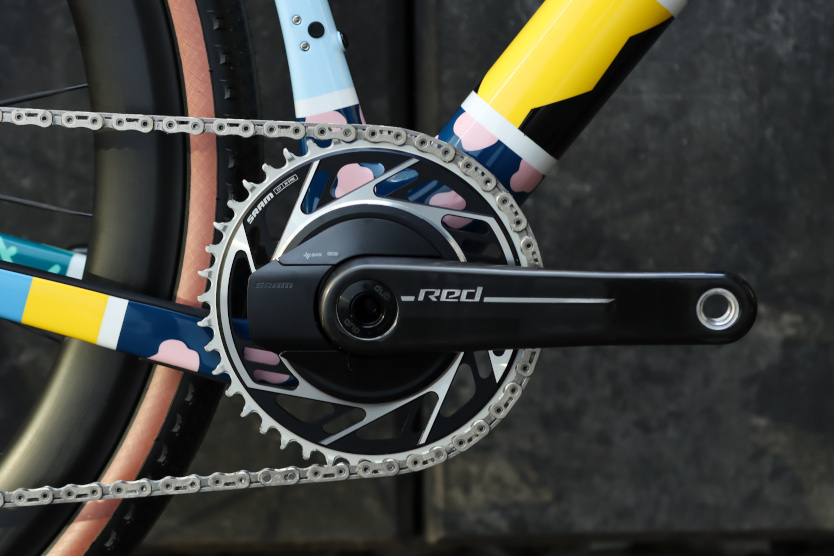If a bike is the fastest at a given power, it must be the fastest bike, or are we wrong?
Power meters seem to have made equipment testing very easy: you ride a given distance at a given power output and compare the speeds when using two products that you want to test against each other. Those who go into even more detail use Robert Chung's Virtual Elevation method, which gives even more accurate results. But does this really measure everything? I have long been convinced that this method is certainly valid, but it ignores one major component: the rider himself. However, I found it difficult to articulate this precisely until I listened to Escape Collective's excellent Performance Process podcast last week, where Arnur Larusson from Tymewear said, in essence: "A power meter tells you what the athlete is doing. But it doesn't measure what the training session does to the athlete." While this refers to training, it can also be applied to equipment: we measure how fast a bike is when we perform at a certain level. But we don't measure how much effort the rider has to put in to achieve this.
There are some obvious examples of this: Pinkbike, for example, has tested bikes uphill several times, all equipped with the same tires, by riding uphill at a given power output. They measured hardly any differences. Nevertheless, we know from experience that there are massive differences between a light XC hardtail and a rough enduro bike when riding uphill. These differences are not only due to the tires and weight, but also to the fact that we are riding in a more efficient position and without bouncing suspension. While the power meter records the weight and tires, it does not measure the additional effort caused by bouncing and position.
Another example is a video in which GCN measured shoes with a power meter and found no differences. Fortunately, it was so obvious that a power meter cannot measure the efficiency of shoes that the video was removed after a short time.
There are many other similar examples where we must not neglect the influence of material on the rider's performance: frame stiffness, vibrations, extreme aerodynamic positions, etc. Until now, however, it has been almost impossible to measure these influences in the field without incurring high costs. Hopefully, this will change with measuring devices such as Tymewear's breathing sensor.



